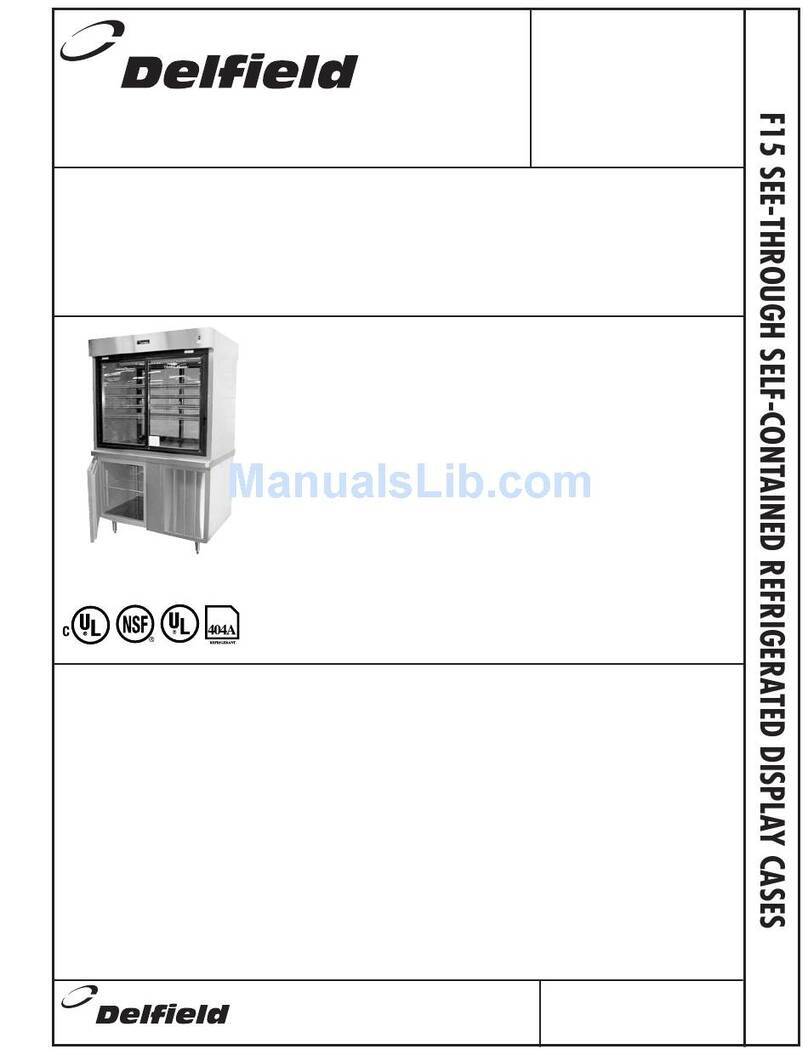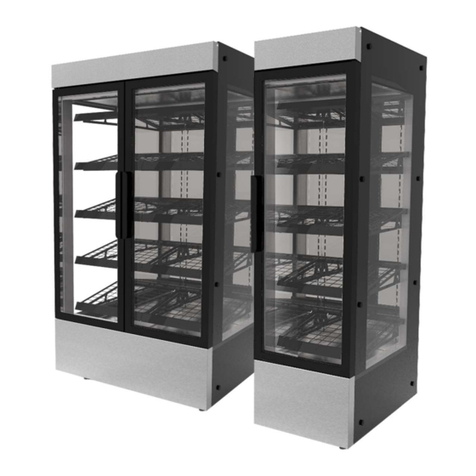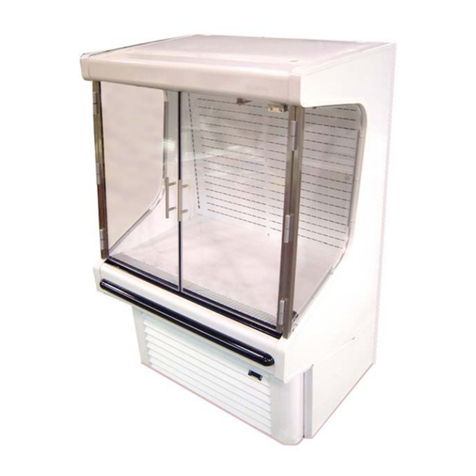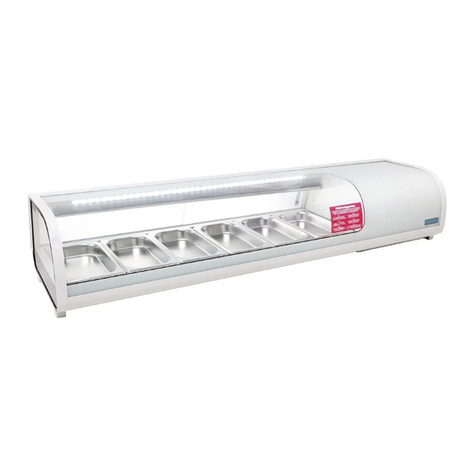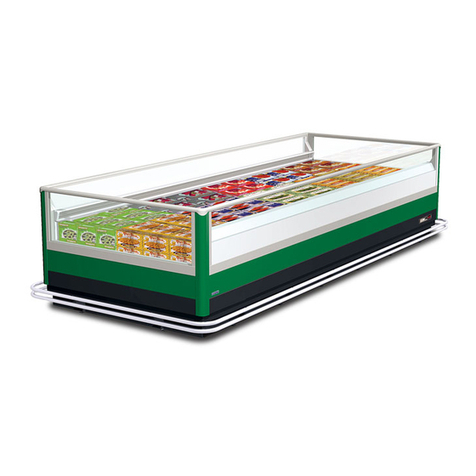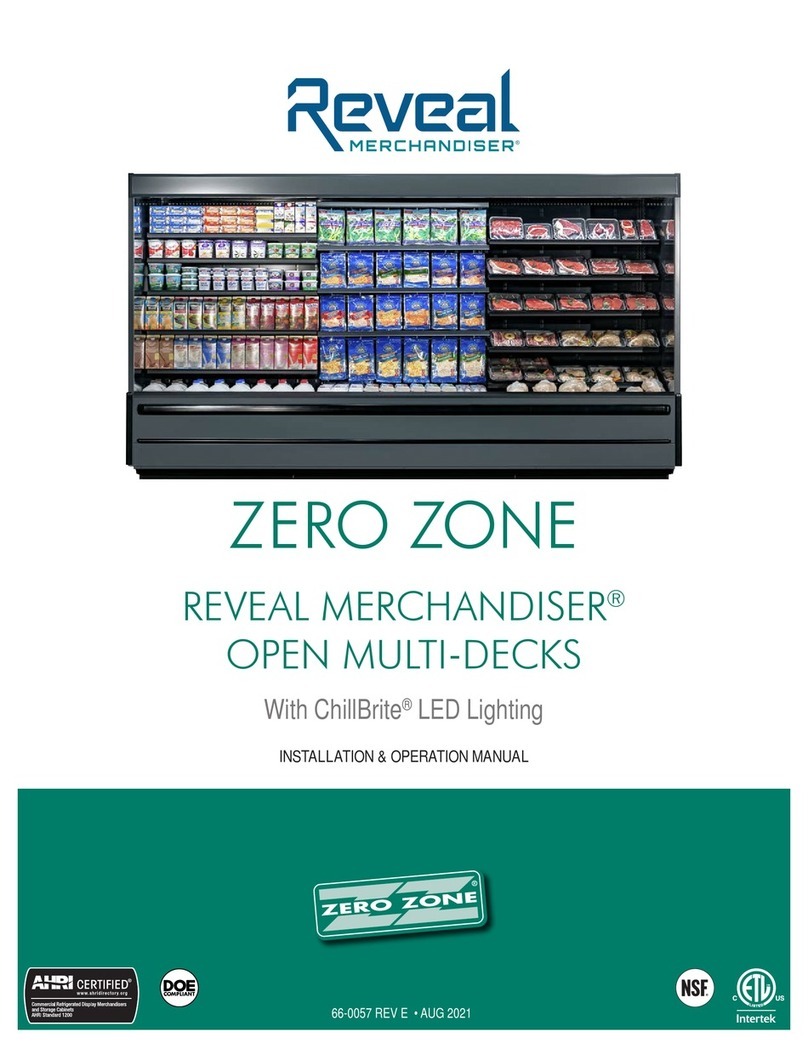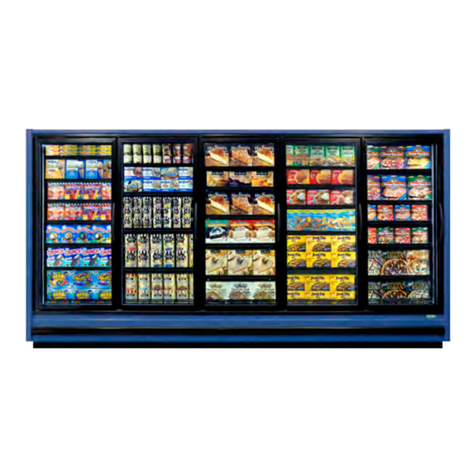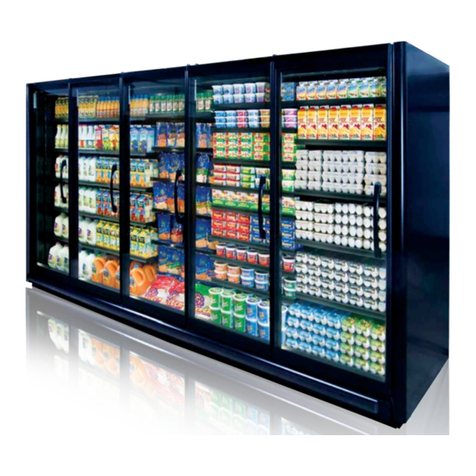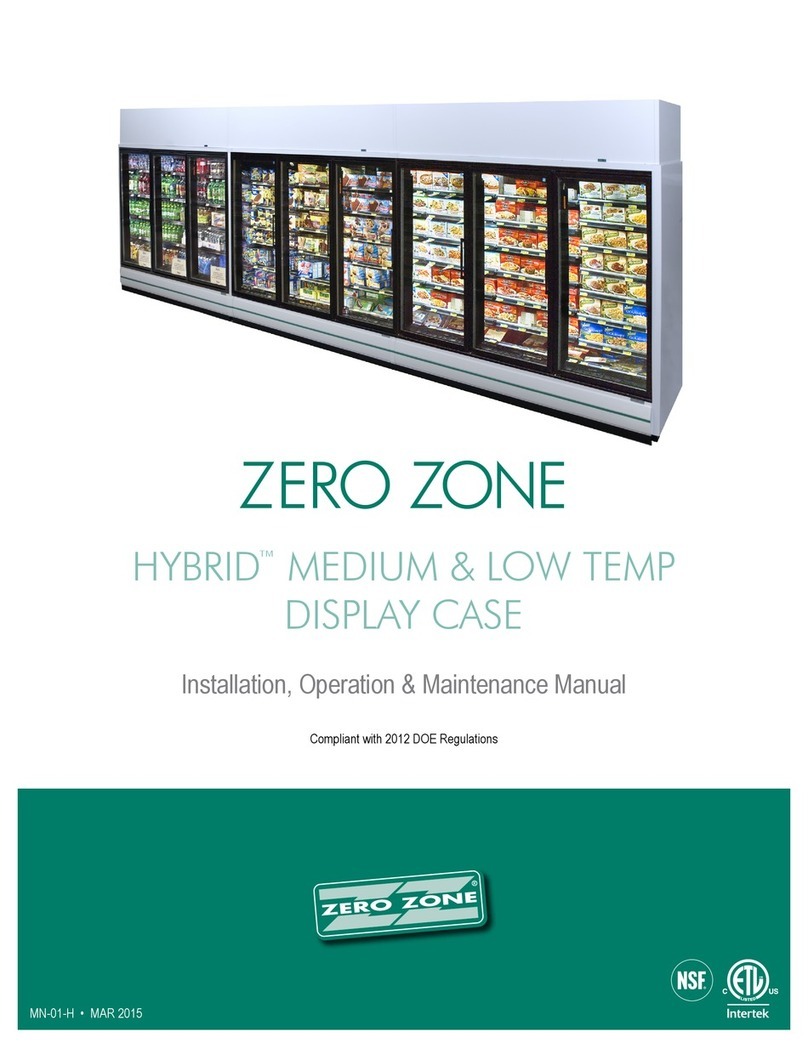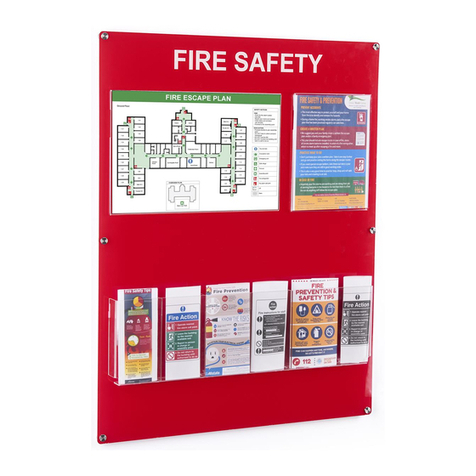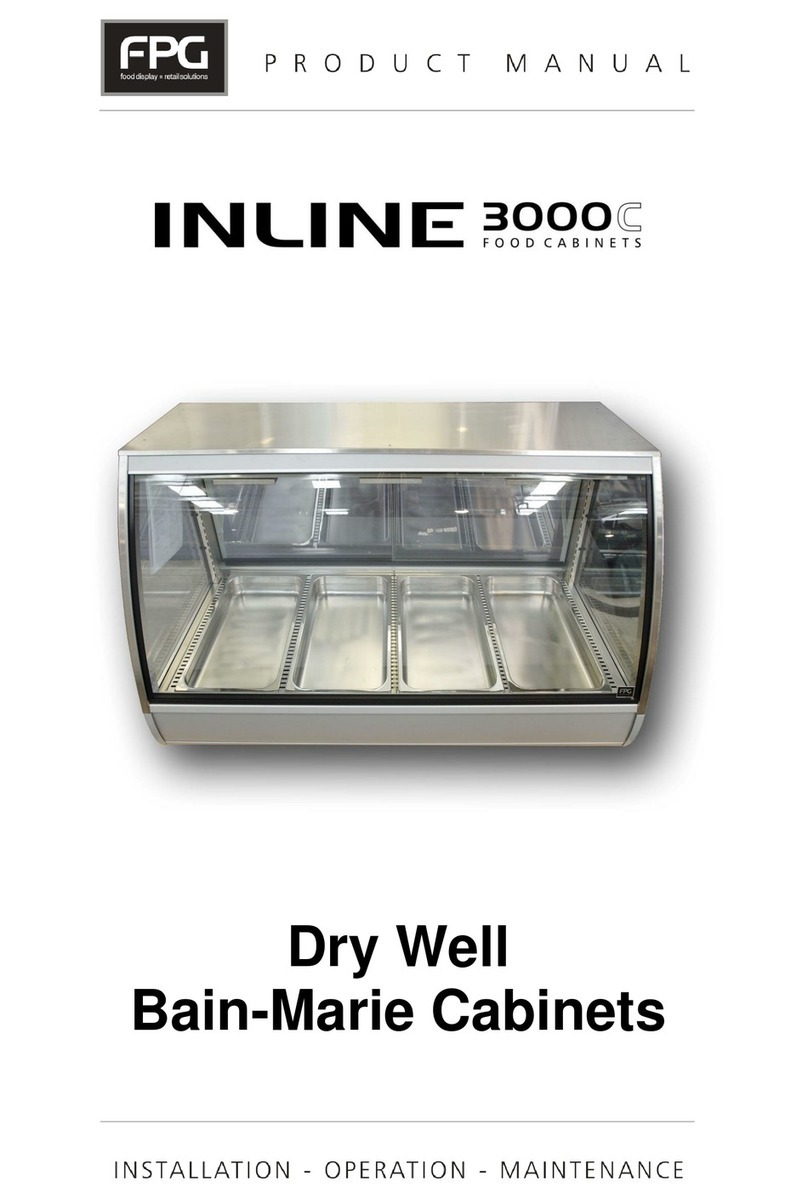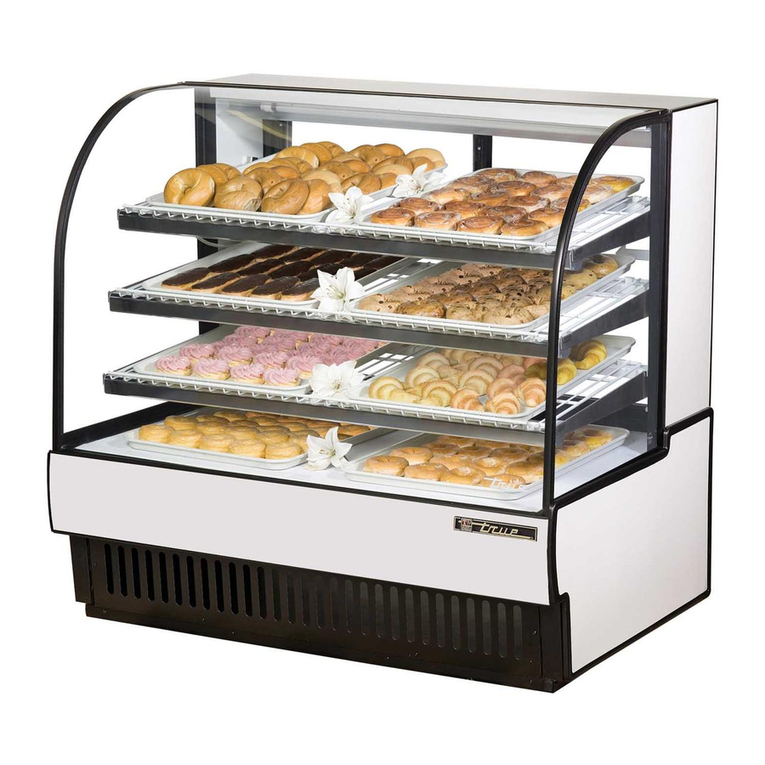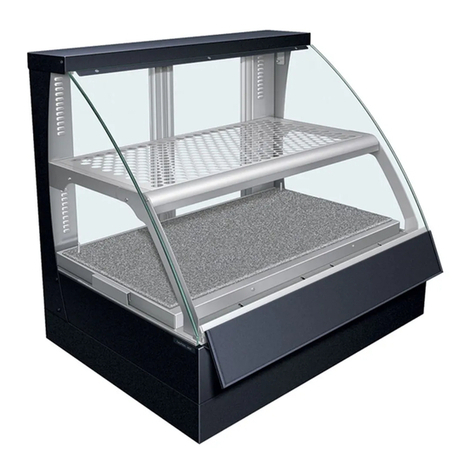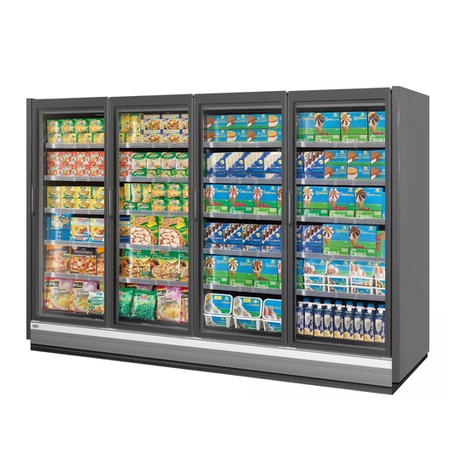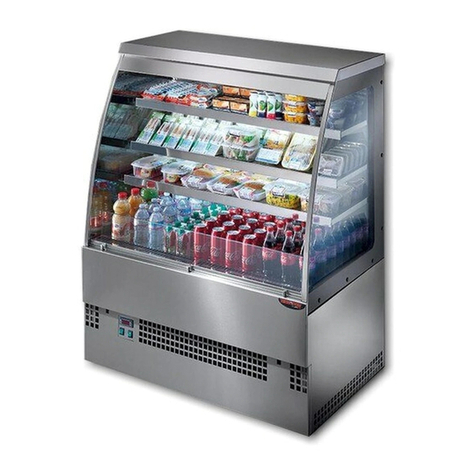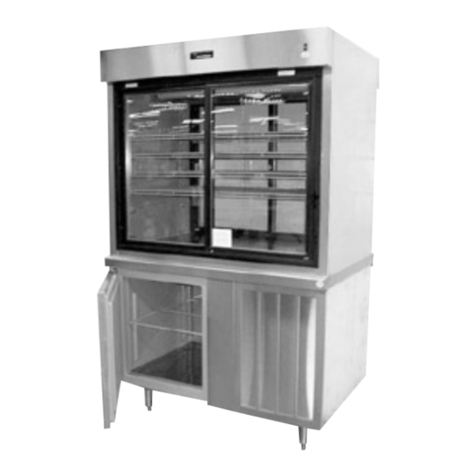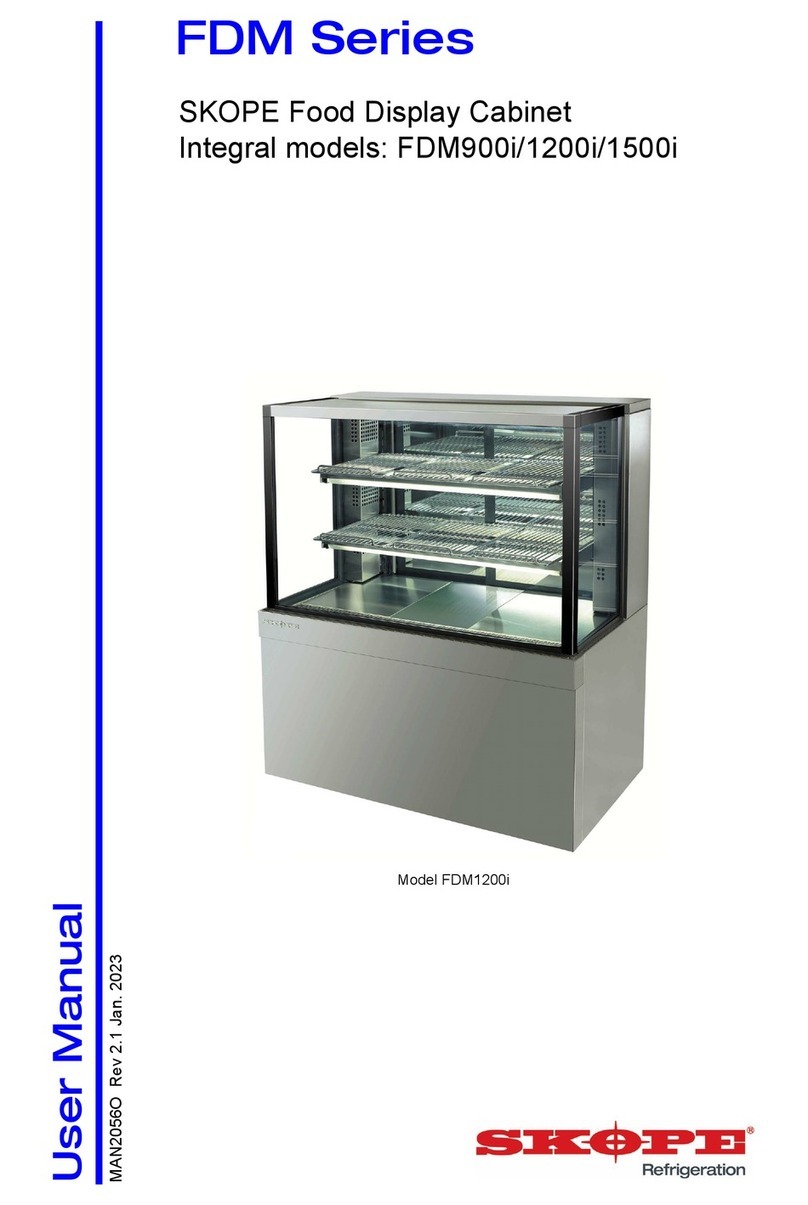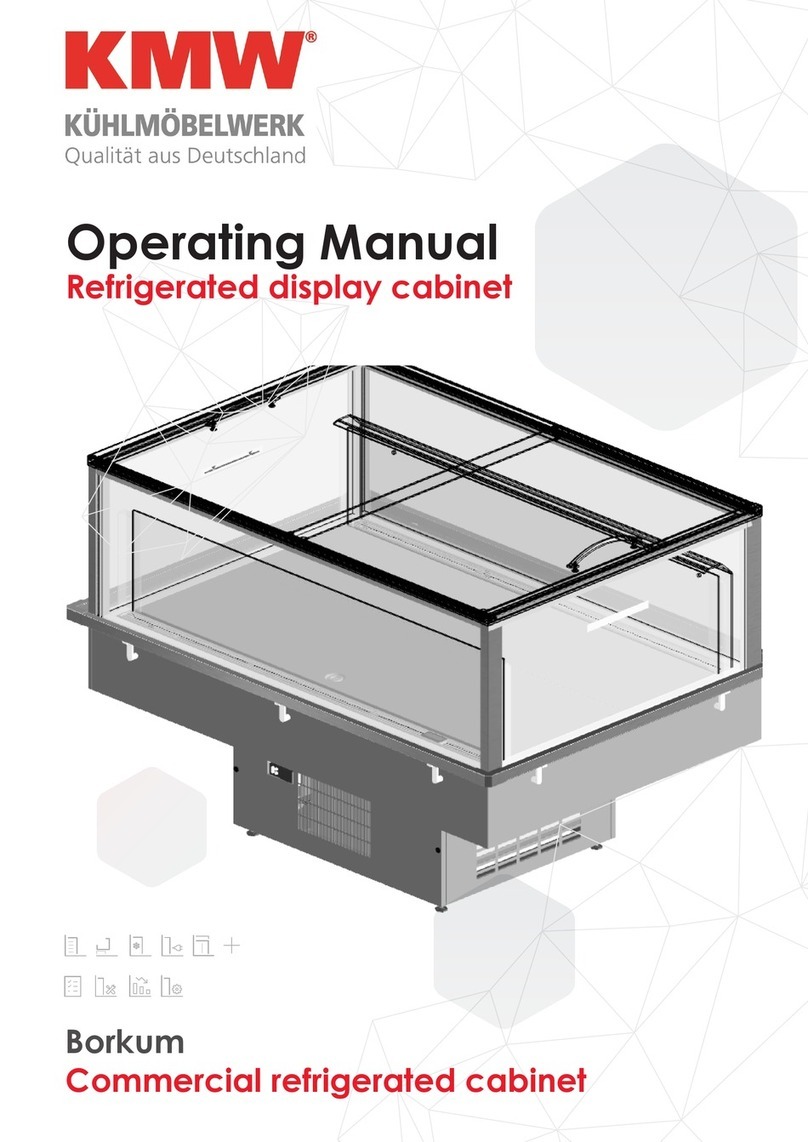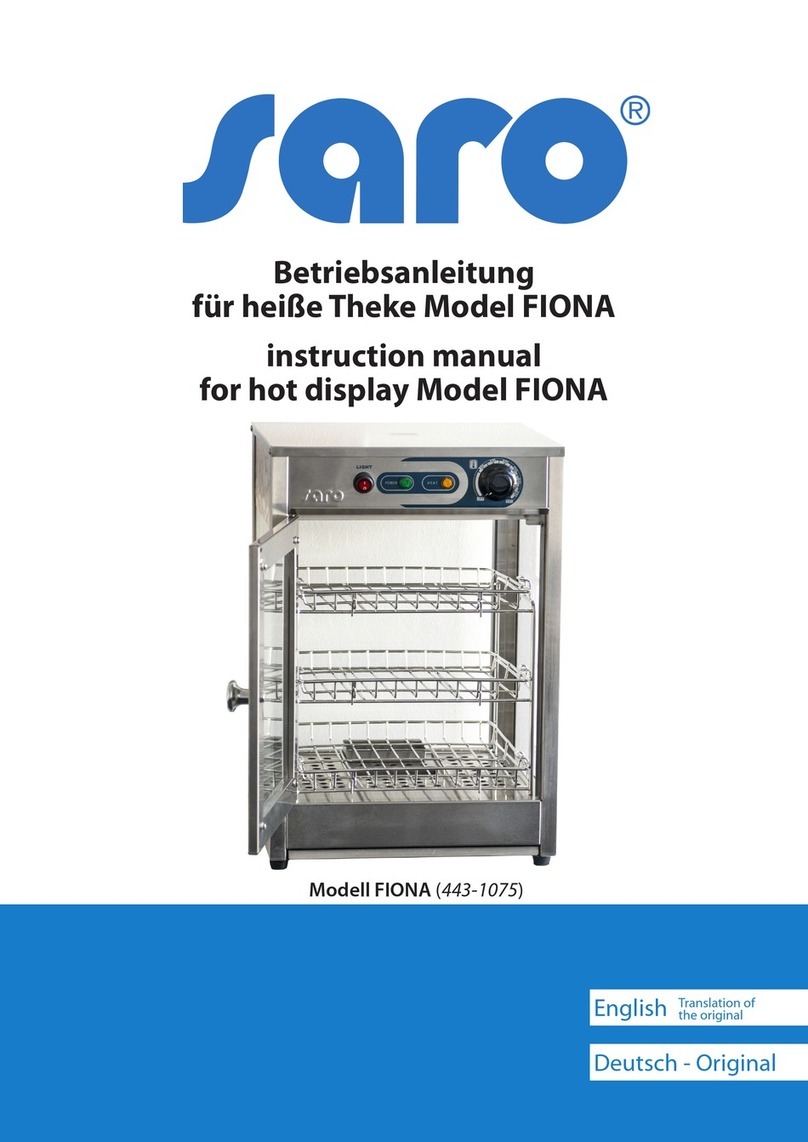
Zero Zone Warranty • 1
ZERO ZONE WARRANTY
Limited Warranty
Zero Zone, Inc. (Seller) hereby warrants that any products manufactured by it and sold are warranted to be free from defects in material and
workmanship, under normal use and service for its intended purpose, for a period of one (1) year from the date of original installation (not to
exceed 15 months from the date of factory shipment). Zero Zone ChillBrite®LED Lighting carries a 5-year parts warranty. Zero Zone CoolView®
Doors carry a 10-year glass pack parts warranty. The obligation under this warranty shall be limited to repairing or exchanging any part, or parts,
FOB Factory, which is proven to the satisfaction of the Zero Zone Service Department to be defective. Zero Zone reserves the right to inspect
the job site, installation, and reason for failure. This limited warranty does not cover labor, freight, or loss of food or product, including refrigerant
loss. This warranty does not apply to motors, switches, controls, lamps, driers, fuses, or other parts manufactured by others and purchased by
the Seller unless the manufacturer of these items warrants the same to the Seller, and then only to the extent of those manufacturer’s warranty
to the Seller.Any products sold on an “AS IS” basis shall not be covered by this warranty.
Extended Warranties
In addition to the standard limited warranty, for further consideration, the Seller will extend to the original purchaser prior to shipment, a limited
extended warranty on the compressor only, following expiration of the standard warranty.The Seller agrees to repair or exchange, at its option,
or provide reimbursement for such exchange as directed, less any credit allowed for return of the original compressor, of a compressor of
like or similar design and capacity, if it is shown to the satisfaction of Zero Zone that the compressor is inoperative due to defects in factory
workmanship or material under normal use and services as outlined by Zero Zone in its Installation & Operation Manuals and other instructions.
Length of Extended Warranty
Any compressor warranty may be extended for an additional four (4) years, but such extension must be purchased prior to shipment to be
effective.This warranty is only for the compressor and not for any other associated parts of the refrigeration system.
Product Not Manufactured by the Seller
The written warranty, if any, provided by the manufacturer of any part of the refrigeration unit sold by Seller to Buyer, but not manufactured by
Seller, is hereby assigned to the Buyer. However, Seller makes no representation or warranty regarding the existence, validity, or enforceability
of any such written warranty.
Limitation and Exclusion of Warranties
THE WARRANTIES SET FORTH HEREINARE EXCLUSIVEAND IN LIEU OFALL OTHER WARRANTIESAND REMEDIES WHATSOEVER,
INCLUDING, BUT NOTLIMITED TO, IMPLIED WARRANTIES OF MERCHANTABILITYAND/OR FITNESS FORA PARTICULAR PURPOSE.

